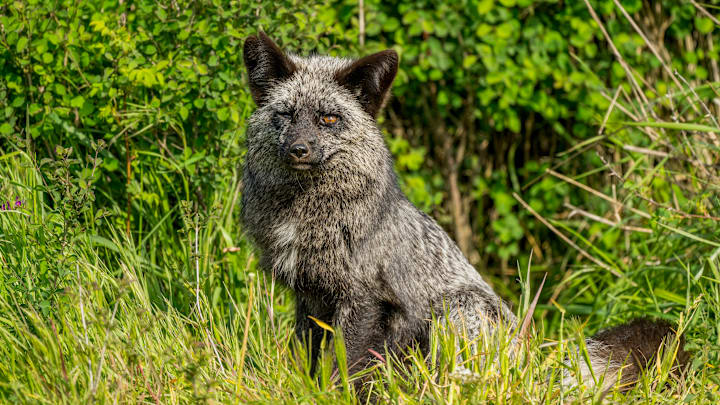Long time readers of Dog O’Day may recall a previous article about the experiments in fox domestication. One notable experiment mentioned started in Siberia in 1959, the silver fox domestication experiment. This study was intended to see the results of the domestication syndrome in real time, by selectively breeding foxes for their temperament.
One group was bred to be amiable and tame, much like a pet would need to be. In contrast, another group of the foxes was bred by pairing together foxes that had shown aggressive behavior. The foxes chosen to be ‘tame’ were eventually very friendly after only relatively few generations without any training, only by selective breeding.
Unfortunately, as the Wall Street Journal had reported, the lead researcher in charge of the experiment, Lyudmila Trut, had passed away at the age of 90 in November of 2024. This has put the experiment in an even more precarious position than it already was, possibly complicating the study.
What’s happening with the study and its future?
However, there are still things to learn from the study moving forward, as the long running experiment is a major accomplishment in and of itself. Especially due to the political climate in the Soviet Union at the time.
When the experiment was being started, the government of the Soviet Union was against genetics and geneticists, causing scientists who studied in such fields to face risk of internment or even death. Despite this risk, Trut had accepted an offer from fellow scientist Dmitri K. Belyaev to head this experiment.
This experiment in animal genetics may have interesting implications for science going forward, giving us answers as to why some animals may look the way that they do. If the foxes domesticated from this experiment share similar traits as dogs (such as floppy ears, juvenilized features, certain coat patterns, etc.) then, are the traits for an animal’s appearance linked to its temperament?
This is called ‘domestication syndrome’— something that though many scientists suspect to be true, has never fully been proven as fact.
There has been a lot of interest in the results of this experiment, as helping to prove the existence of domestication syndrome would help to clarify a lot of questions in the scientific community about pets and why they look the way that they do.
Notably there has been some skepticism and criticism of this study, however, as noted by Science News. It was suspected by other fellow scientists that they had already had some of these traits supposedly linked to domestication to begin with.
Even still, the results from the study are quite intriguing. According to Lee Alan Dugatkin in the journal Cerebrum, at the beginning of the experiment, around 2% of the population had traits that made them friendly and social to humans. In 2020, that number had risen up to 75%— a very noticeable increase.
Though this experiment may not be perfect, a long running study like this is very impressive and adds a lot of intriguing information to the long running search to truly understand domestication. Trut will be remembered as a scientist who had worked tirelessly in the pursuit of scientific progress.
